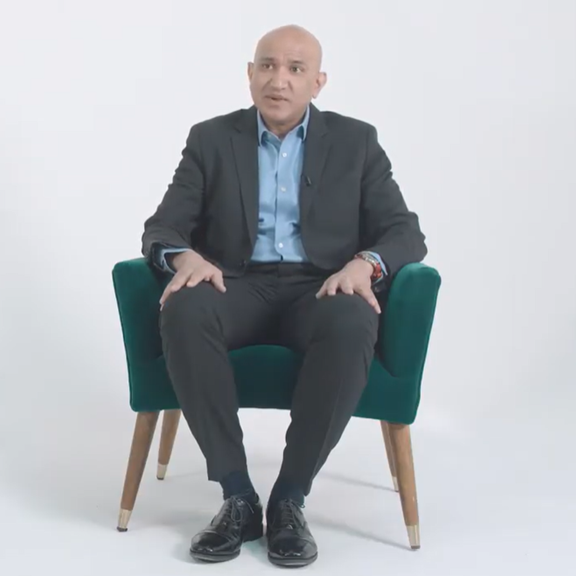Trigeminal neuralgia
Trigeminal neuralgia is extreme, sudden facial pain that tends to come and go, lasting for a few seconds to a few minutes at a time.
What is trigeminal neuralgia?
Trigeminal neuralgia is associated with the trigeminal nerve, which is responsible for sensation in the face and controlling movement such as chewing.
Short, sudden attacks of pain can feel like stabbing, a burning sensation or an electric shock. It usually affects only one side of your face. You may experience attacks of pain regularly, even hundreds of times a day, but it’s also possible to go without any attacks for months at a time (remission).
Although less common, you may also experience trigeminal neuralgia as a constant pain or burning sensation, sometimes with sharp attacks too.
Trigeminal neuralgia is rare, but is more common in people over 50 years old and women.
Living with trigeminal neuralgia can be very difficult, sometimes resulting in weight loss and depression.
Post-herpetic neuralgia is another type of nerve pain that can occur in people who have had shingles. It can happen anywhere in the body that has been affected by the shingles rash.
How to tell if you have trigeminal neuralgia
Trigeminal neuralgia pain can be triggered by certain actions or movements such as:
- Shaving
- Talking
- Eating
- Light touch on your face – even light breezes
- Moving your head or jaw
Sometimes, pain can occur with no trigger at all.
Talk to your doctor if you’re concerned about symptoms
You can book an appointment with a Spire private GP today.
Diagnosis and tests for trigeminal neuralgia
There’s no specific test for trigeminal neuralgia. Because it’s often felt in the face, including the jaw, teeth and gums, many people visit their dentist first. Your dentist will ask about your symptoms and will conduct a dental X-ray.
If they’re unsure of the cause of your pain, you should visit your GP. Don’t have any major dental work unless your dentist is sure they’ve found the cause of your pain.
Your GP will discuss your symptoms and try to rule out or identify other potential causes including:
- Migraine
- Joint pain
- Nerve injury
They may refer you for an MRI scan which can help identify if a blood vessel is pressing on a nerve in your head called the trigeminal nerve – the source of trigeminal neuralgia. It can also help identify:
- Inflammation in the sinuses (sinusitis)
- Tumours
- Nerve damage caused by multiple sclerosis (MS)
Causes of trigeminal neuralgia
The exact cause of trigeminal neuralgia is unknown.
It’s thought that 95% of cases of trigeminal neuralgia are caused by a blood vessel compressing the trigeminal nerve. This may wear away the protective layer on the nerve (the myelin sheath) which can cause it to transmit abnormal pain signals.
Other causes include:
- A cyst
- A tumour
- Abnormalities of the skull base
- Arteriovenous malformations – an abnormal tangle of blood vessels
- Multiple sclerosis – a long term condition associated with damage to the nerves throughout your body
Q & A
Mr Nik (Nikunj) Patel, Consultant Neurosurgeon
Mr Patel describes trigeminal neuralgia as a rare form of severe facial pain, often regarded as the worst imaginable pain that occurs due to a lesion in the trigeminal nerve in the face. Medication is typically used as the first treatment measure but if dosages and side effects become too high then referral to a neurosurgeon is the next step.
Common treatments for trigeminal neuralgia
Treatment depends on the pain that you feel. There’s no cure, but it can be managed with treatment.
Medication
You may be prescribed anticonvulsant medication (eg carbamazepine) which can relieve nerve pain. The dose will be gradually increased until it becomes effective.
If medication doesn’t work for you, your GP will refer you to a neurosurgeon or pain management specialist.
Surgery and procedures
There are many procedures which may help with trigeminal neuralgia.
Microvascular decompression surgery works by removing or relocating blood vessels if they’re putting pressure on the trigeminal nerve. It’s a major operation involving opening your skull. It carries a risk of potentially serious complications, but is effective for many people.
Other procedures are also available. Many of these work by deliberately damaging the trigeminal nerve to disrupt the signals it transmits.
It’s also important to avoid anything you think triggers your pain. It can be useful to keep a pain diary to help you understand the triggers and how well it responds to treatments.


